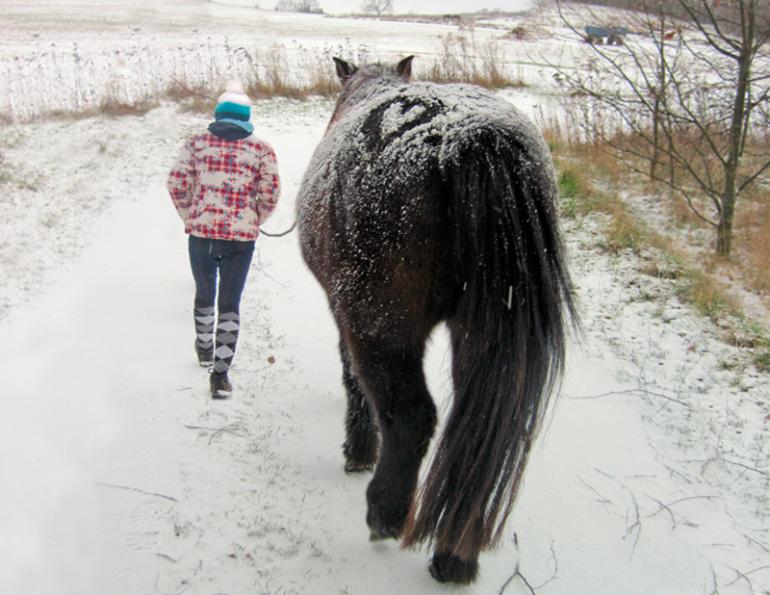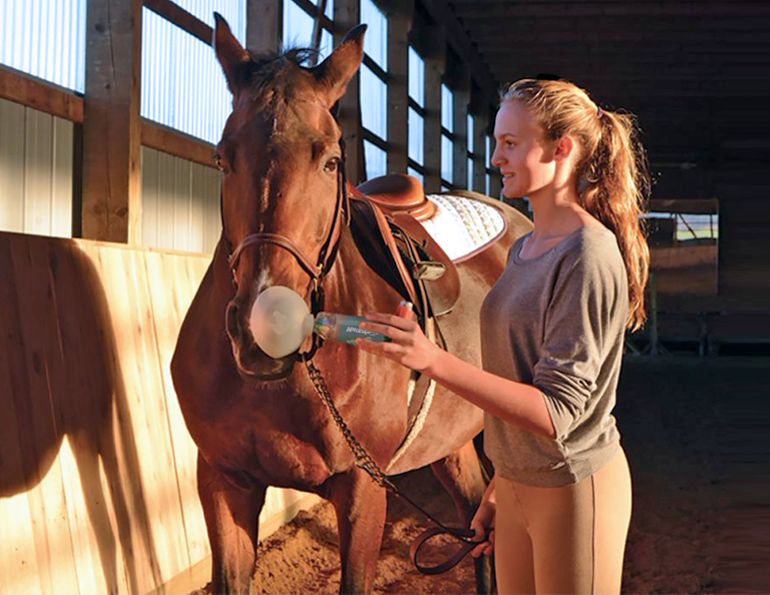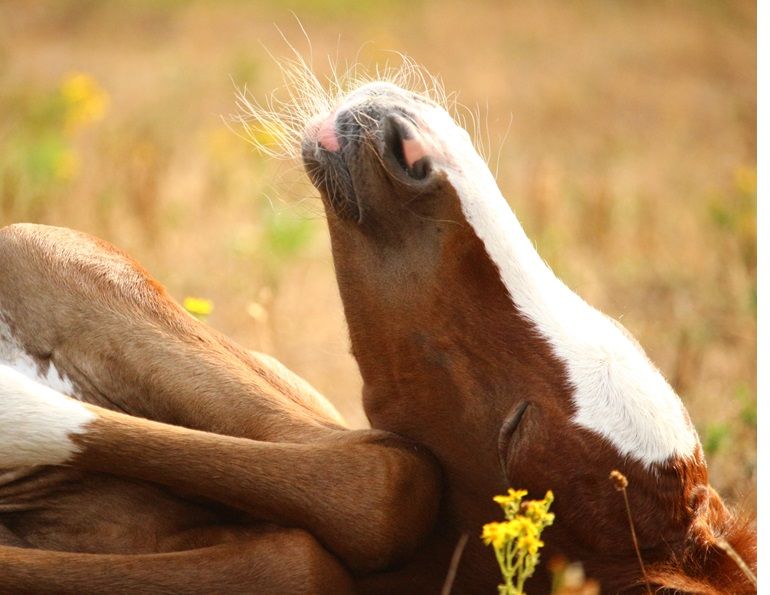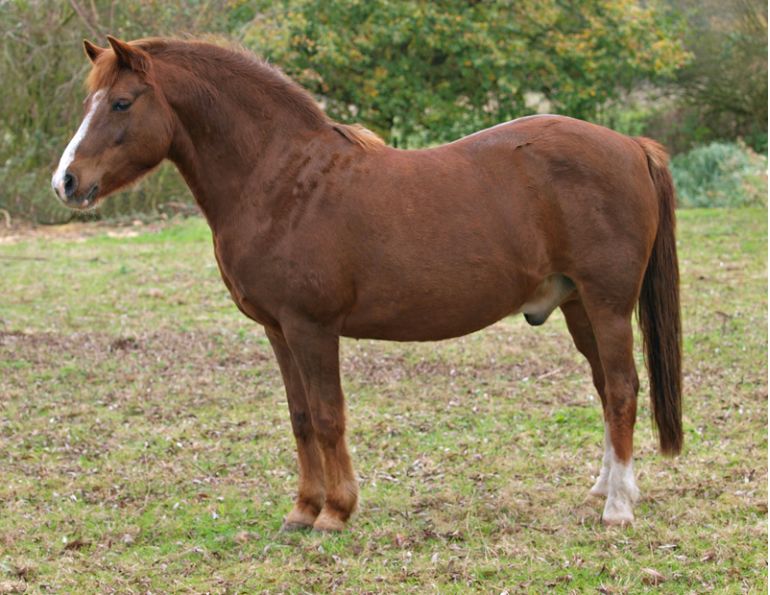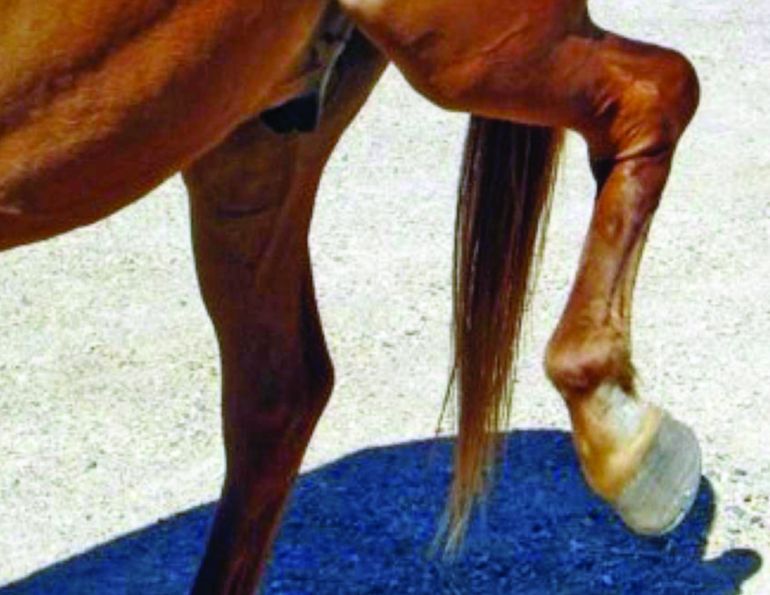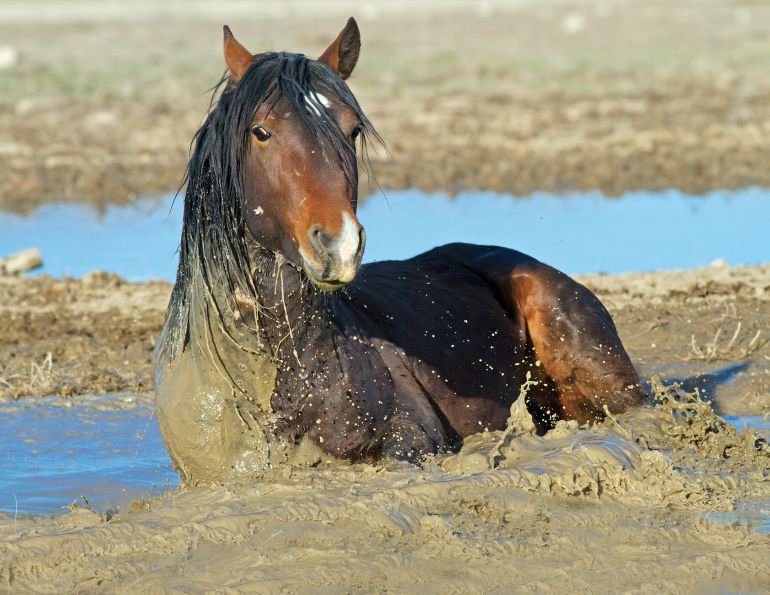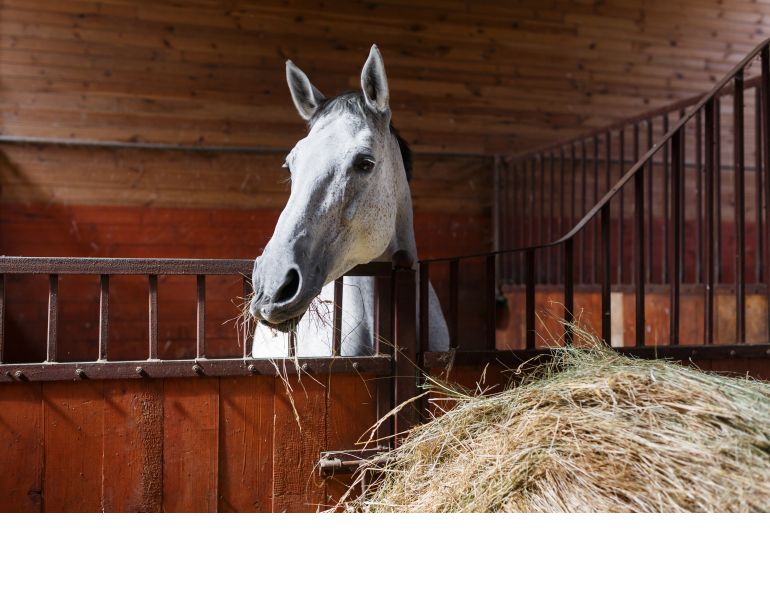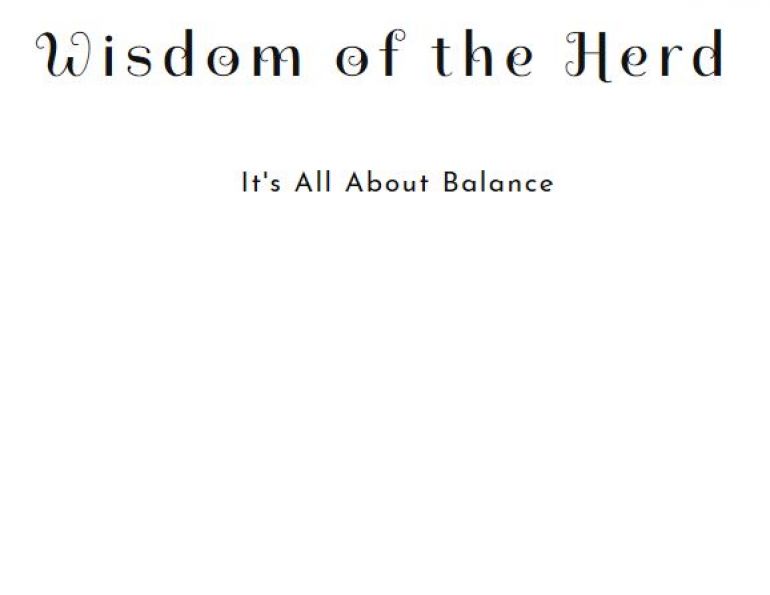By Amy Young, UC Davis Center for Equine Health
Joint health can be a confusing topic. We collaborated with Dr. Sarah le Jeune of the UC Davis Equine Integrative Sports Medicine and Equine Surgery and Lameness Services, and Scott Katzman of the Equine Surgery and Lameness Service, to provide some clarity.
1. Joint health should be prioritized throughout a horse’s career. Although conformation, genetics, and pre-existing conditions can predispose a horse to osteoarthritis (OA), professional hoof trimming, proper nutrition, appropriate exercise, and weight management promote long-term joint health and performance. It may not be possible to avoid the development of OA as a horse ages, but early diagnosis and appropriate management can minimize joint injury and allow for early intervention.
2. Decreasing body weight reduces joint stress. Obesity is a significant health concern, projected to affect 30 percent of horses. Excess weight causes joints to experience increased weight-bearing and is a risk factor for OA. In other species, obesity is related to inflammation and risk of orthopaedic disease. A loss of one pound of body weight in humans is equated to a four-pound force decrease on the knee. An 11-18 percent decrease in body weight in dogs with OA reduced lameness. Horses should be kept at a body condition score of 4-5 out of 9 to limit joint stress.
Related: Common Foot Injuries of the Equine Athlete
Related: Winter TLC for Horses with Arthritis
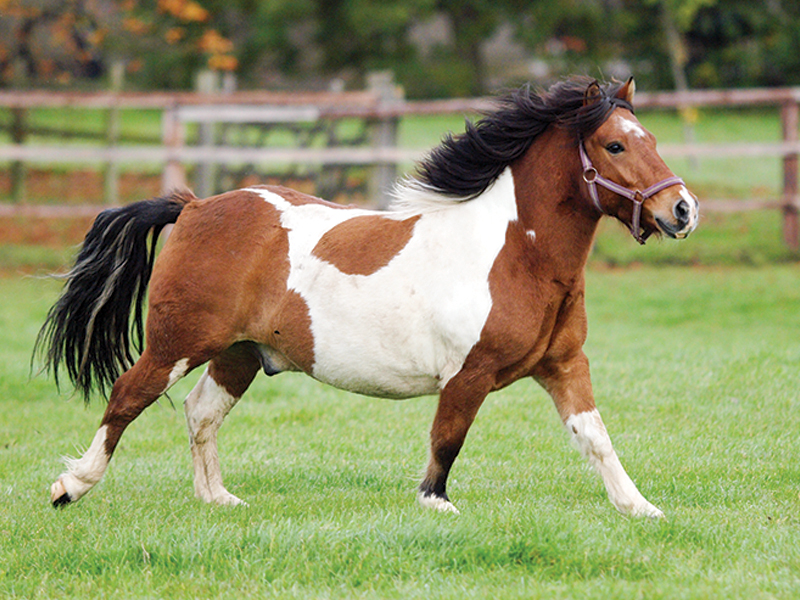
Excess weight is a risk factor for osteoarthritis because it creates increased stress on joints. Photo: Dreamstime/Nigel Baker
3. Regular, consistent exercise is good for joint health. Joints automatically adjust to preserve normal function and keep environmental changes within narrow limits (homeostasis). Disturbances can lead to disorders such as OA. Studies show the intensity and duration of exercise play important roles in joint health. Within a certain window, exercise is beneficial. Outside that window, mechanisms to maintain joint homeostasis become strained. Regular exercise at the canter, for example, is beneficial for joint health, whereas prolonged training at high speeds can lead to joint injury. Depending on the horse’s individual jumping technique, the loads on the limbs can be similar to canter when jumping low jumps.
4. Joint injections can be administered at regular intervals, but once may be enough. A single injection may be sufficient to break the inflammatory cycle and long-term management factors can help keep inflammation down. However, joint disease is progressive, so some horses benefit from injections at regular intervals. Work with your veterinarian to determine an accurate diagnosis and individualized plan.
Related: The Healthy Senior Horse
Related: Understanding Equine Back Pain
5. Repeated corticosteroid injections can have negative long-term consequences. Positive effects of corticosteroids are reported at low doses in horses, but high doses and/or long exposures can result in deleterious effects on cartilage. Timing and disease status are important, with damaging effects reported when administered in healthy joints, as opposed to the desired anti-inflammatory effects observed when treating diseased joints.
6. Joint injections can alleviate hock pain but can be discontinued once hocks are fused. When cartilage that normally protects the bones is worn away in the lower hock joints, synovial fluid production decreases. The exposed bones rub together causing irritation and promoting bony growth. Hock bones can fuse together, typically in the two lower joints (which do not have significant roles in movement). The process is uncomfortable and often managed with corticosteroid injections. Distal hock OA can progress to complete fusion in advanced cases, making joint injections difficult and ineffective due to lack of joint space. Bony fusion can be confirmed radiographically; however, the horse’s degree of soundness is the best indicator of a successful outcome.
7. Horses are more sensitive to joint infections than other species. A rare complication of IA injections is joint infection. Utilizing appropriate needle sizes and types, not reusing needles, and adhering to sterile techniques limits complications.
Related: How to Reduce the Risk of Training Related Injuries
Related: Imaging for Horses - An Inside Look
8. Continued research is needed to determine the safety and efficacy of bisphosphonates for treating joint disease. Healthy bones undergo continual, natural turnover (remodeling). Cells called osteoclasts break down old bone, and osteoblasts create new bone. Bisphosphonates block osteoclasts, reducing remodeling. Approved for use in horses four years of age and older, clodronate disodium (Osphos) and tiludronate disodium (Tildren) are safe and effective at relieving pain and lameness in horses with navicular syndrome. However, off-label use (when the drug is used to treat something other than navicular disease) has not been thoroughly researched, might not be effective, and could be harmful. Effects on kidney health, inhibition of bone growth, and interference with bone adaptation to exercise and healing of microdamage are of concern. Studies in humans and dogs suggest bisphosphonates as preventative treatments may cause bones to weaken, predisposing them to stress fractures.
9. Your veterinarian should be consulted when considering an equine joint supplement. The term “nutraceutical” (“nutrition” + “pharmaceutical”) is commonly equated with beneficial effects but has no regulatory definition. Peer-reviewed studies on joint supplements are limited, especially in horses with naturally occurring OA. Questions about anti-inflammatory effects, oral bioavailability, appropriate concentrations, and anti-oxidative properties remain. Research has also revealed quality issues. In a study of 23 equine glucosamine products, four had less than 30 percent of the amount claimed on the label. Consult your veterinarian to determine which specific ingredient(s) and product(s) are right for your horse.
10. Competition rules prohibit some joint injections and supplements. Certain drugs can be detected weeks after the last dose and some herbal supplements can produce metabolites similar to forbidden substances. Check lists of prohibited substances and note required withdrawal times for permitted medications prior to administering any substance to a horse competing at events governed by Equestrian Canada (EC), the Fédération Equestre Internationale (FEI), the United States Equestrian Federation (USEF), or other regulatory bodies.
Related: Equine Joint Disease - To Inject Or Not?
Related: Equine Athleticism - It All Hinges on the Joints
Printed with the kind permission of the UC Davis Center for Equine Health. The UC Davis Center for Equine Health is dedicated to advancing the health, welfare, performance and veterinary care of horses through research, education and public service.
Main Photo: Regular exercise of consistent intensity helps to maintain joint health. Credit: Clix Photography




